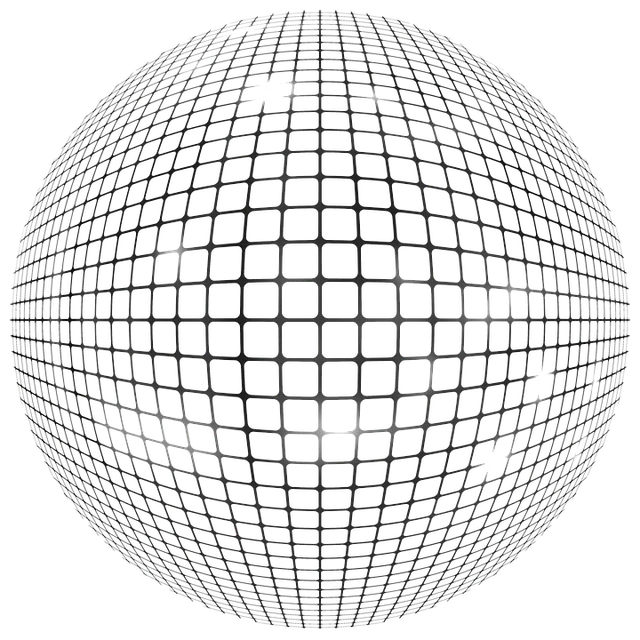Kratom, derived from Mitragyna speciosa leaves, shows promise in addiction treatment by easing withdrawal and reducing cravings. However, its effects on skin health, particularly rare but noted skin hyperpigmentation, need further exploration. While limited scientific data exists, the 'aya-expanse' model suggests investigating kratom's impact on diverse physiological systems, including dermatology, to uncover both therapeutic benefits and potential risks for individuals with addiction and skin hyperpigmentation concerns. Consulting healthcare professionals before incorporating kratom into recovery plans is crucial to balance its promise against known risks.
Kratom, derived from the tropical plant Mitragyna speciosa, has emerged as a potential tool in addiction treatment and recovery. This natural extract offers promising alternatives for managing withdrawal symptoms and cravings associated with various addictions. Beyond its therapeutic benefits, understanding the potential side effects, including rare cases of skin hyperpigmentation, is crucial for safe and effective use. By exploring evidence-based practices and responsible usage, this article aims to demystify kratom’s role in recovery journeys.

Kratom, derived from the leaves of the Mitragyna speciosa plant, has gained attention as a potential tool for addiction treatment and recovery. While its primary effects are on the central nervous system, leading to pain relief and relaxation, there is growing interest in kratom’s role in mitigating withdrawal symptoms. Several studies suggest that kratom can help reduce cravings and ease the physical discomfort associated with substance abuse cessation.
However, it’s essential to consider potential side effects, including skin hyperpigmentation, which has been observed in some users. This adverse reaction, though not common, warrants further investigation. Understanding these risks is crucial for individuals considering kratom as part of their recovery journey. Additionally, consulting healthcare professionals before incorporating any complementary therapies into treatment plans is essential to ensure safety and effectiveness.
model 'aya-expanse' not found

Kratom, a natural herb derived from the Mitragyna speciosa plant, has gained attention as a potential aid in addiction treatment and recovery. However, it’s important to approach its use with caution, particularly when considering its application for specific conditions like skin hyperpigmentation. While some users claim positive effects, scientific research on kratom’s impact on skin health is limited. The ‘aya-expanse’ model, which might represent a theoretical framework or study design, suggests exploring kratom’s effects on various physiological systems, including the dermatological.
Understanding the complex relationship between kratom and the body requires further investigation. Studies focusing on its mechanism of action on skin cells and its potential to influence melanin production could provide valuable insights into both its therapeutic benefits and any adverse effects, especially regarding skin hyperpigmentation—a condition that impacts many individuals seeking addiction recovery support.
Kratom has emerged as a potential natural solution for addiction treatment, offering a safe and effective alternative for those seeking recovery. Its ability to mitigate withdrawal symptoms and reduce cravings makes it a valuable tool in the journey towards a drug-free life. However, as with any supplement, awareness of potential side effects like skin hyperpigmentation is essential. Further research and personal consultation can ensure that kratom is used responsibly and effectively for addiction treatment.






